Since filling our foodforest with berries, I have learnt so much about berries I didn’t know before. Berries have a few interesting quirks to say the least! Below are 10 interesting and surprising facts about berries which have helped me better understand them, and get the most out of berries in our garden.
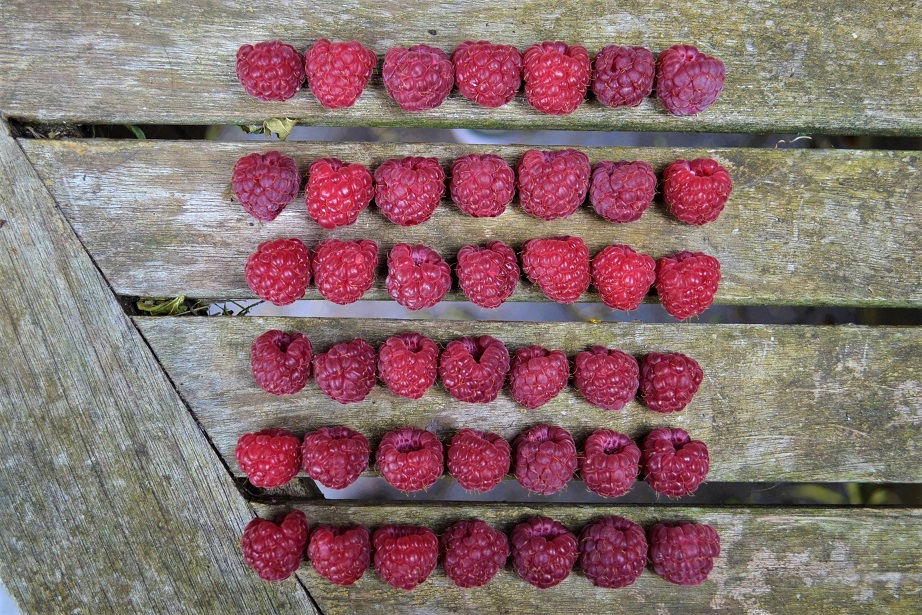
Facts about berries
1. Did you know the fruits which we traditionally think of as berries (such as raspberries and strawberries) are in fact not berries? What?! No way! Yes this is actually true, and this came as quite a shock to me. A true berry in the scientific / botanical sense is a fruit which grows from a single flower containing one ovary. Under this scientific definition, berries include tomatoes, grapes, cucumbers, eggplants, pumpkins and even bananas, but surprisingly excludes most of the things we traditionally think of as berries. Our traditional berries like youngberries, raspberries and strawberries are considered to be ‘aggregate fruits’ as the flowers they grow from have more than one ovary. If you look closely, each raspberry flower is actually comprised of over 100 pistils (the female bits of the flower). However, it is safe to say that under a culinary (edible) definition we can still refer to these fruits as berries!
Here are our Top 5 must-grow berries for every backyard.
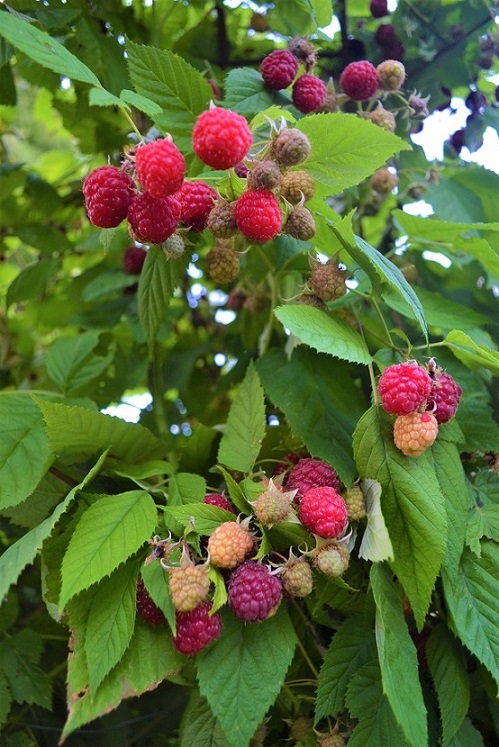
2. Raspberries are different from other cane berries in one surprising way. When you pull off a ripe raspberry from the vine, you may have noticed that it leaves a little white stem on the plant – which also means that the inside of the raspberry is hollow. This little white stem is called a receptacle or stem (or a ‘torus’ if we want to get scientific). With all other cane berries like blackberry and youngberry, the receptacle stays with the fruit i.e. in simple terms, the fruit is ‘plugged up’.
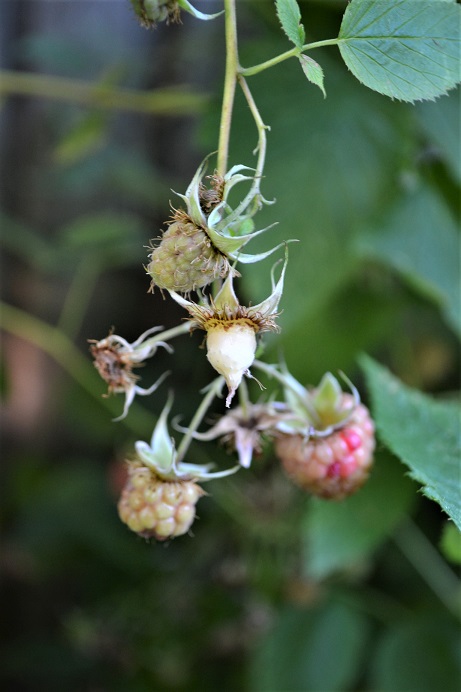
Given there are over 200 varieties of raspberries, sometimes it can be hard to tell what type of berry you’re growing, particularly if you’ve been given a plant as a gift. In essence, if the centre of the fruit is hollow and the stem stays on the plant you know you have a raspberry. This is one surefire way to identify raspberries as distinct from other types of brambleberries.
You can see this in the photos below and also in action in our berry video above. What this means in practice is, you have to be careful before you bite into a raspberry. My husband learnt this the hard way – he bit into a delicious, ripe raspberry in the garden only to find a wriggling (now severed) earwig inside eeeek! Be warned: The raspberry cavity is the perfect hiding spot for insects. On the other hand, with other cane berries, rest assured they are safely plugged and you can pop them into your mouth without having to do an insect-inspection first.
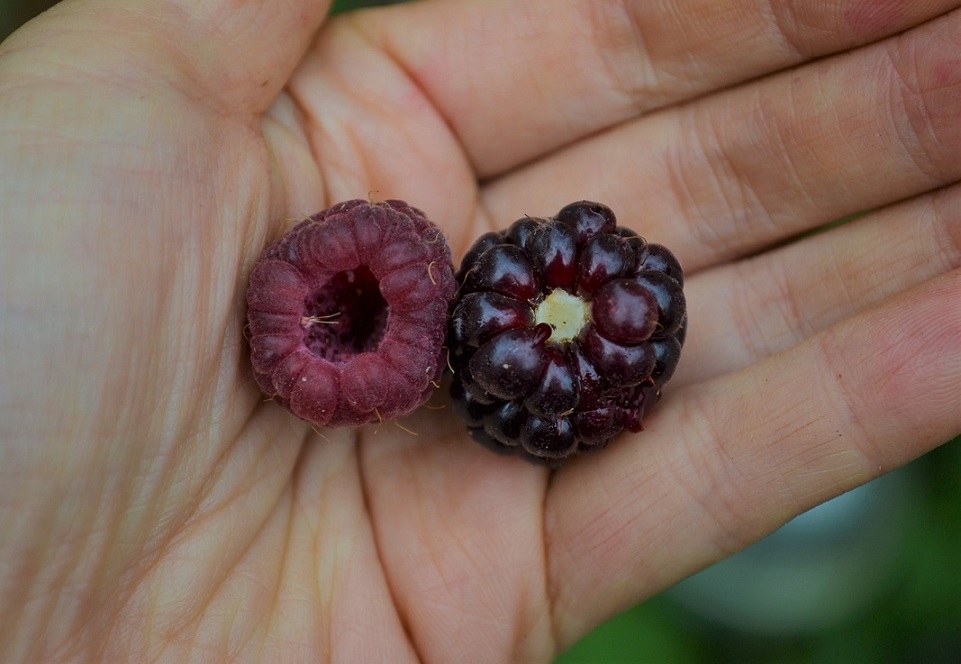
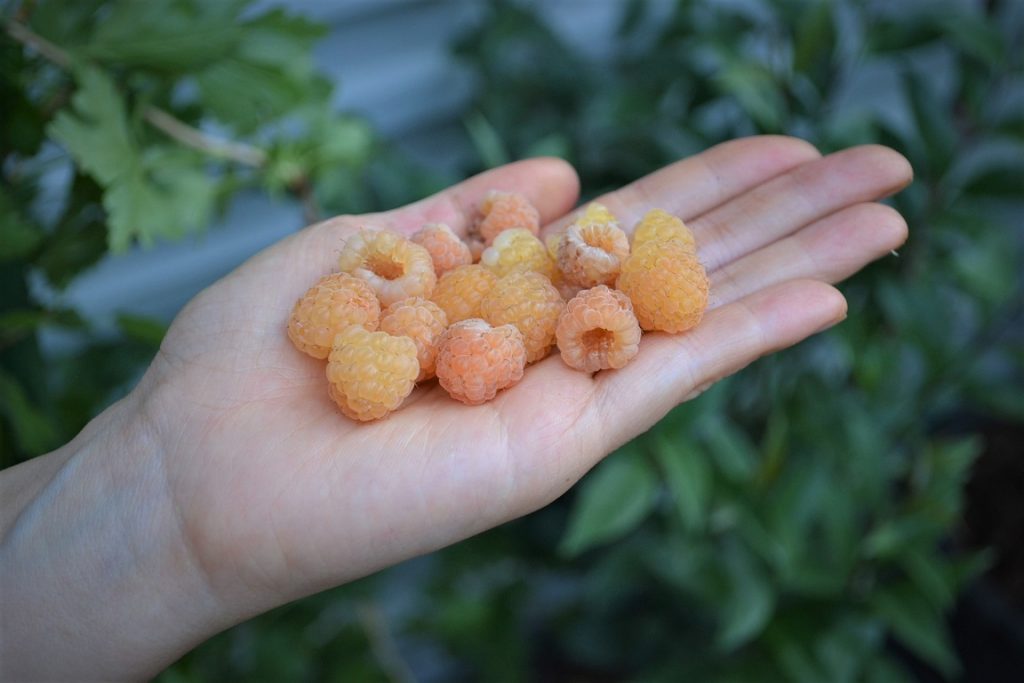
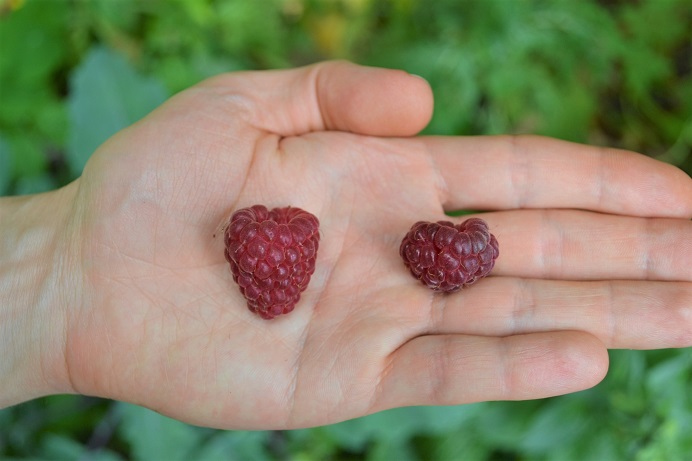
3. Berries are perennials – which means they will come back year after year with no effort on your part. Raspberries and blueberries have a lifespan of between 10 to 50 years if properly cared for, while mulberry trees can live for over 100 years. However, while the roots of bramble berries are perennial, the individual canes on raspberries / blackberries only live for a year or two (biennial). We will have an article out shortly on the difference between ever-bearing, autumn-bearing, primocane and floricane varieties, and what this means about how you should prune your different varieties of berries.
4. Nearly all berries are self-pollinating. Scientifically, this means that a single berry flower has both the male and female parts. Hooray, you will only need one plant in order to produce fruit, which is great news for those of us who have smaller spaces to work with.
While all blackberries, raspberries, youngberries and other brambleberries are self-pollinating, they do require bees to pollinate – so ensure you plant lots of companion flowers to attract these helpful pollinators. If you have flowers dropping off, misshapen or deformed berries, this is suggests you might have a pollination issue and you will need to work harder on attracting pollinators.
Blueberries are also self-pollinating (again they rely on our friends, bees), but blueberries will produce a larger and better crop if you have different varieties cross-pollinating, so fill your garden with berries!
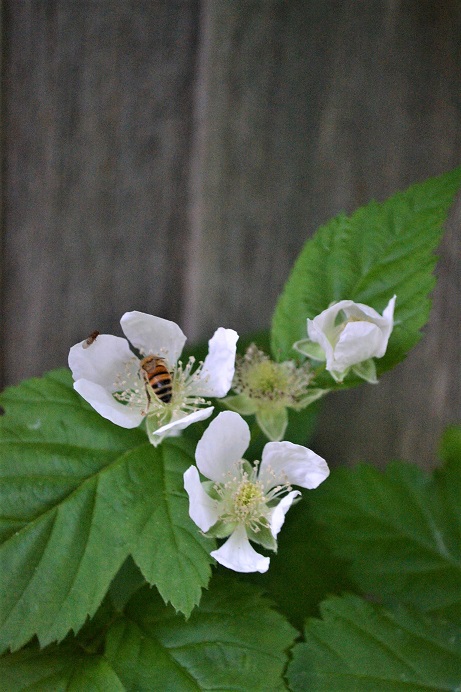
5. Did you know red raspberry leaves are also edible? While you wouldn’t eat them on their own as they’re not particularly tasty, the leaves can be used fresh from the plant or dried in herbal teas. Red raspberry leaf tea is a famous herbal tea. Harvest leaves carefully with gloves because of the spikes on the plant, and ideally before flowering for optimal nutrition and taste. Raspberry leaf tea is a source of vitamins and minerals and has been touted in traditional medicine to assist with pregnancy, menstrual pain and treatment of stomach upsets. It is also said to help with anemia and to promote strong bones.
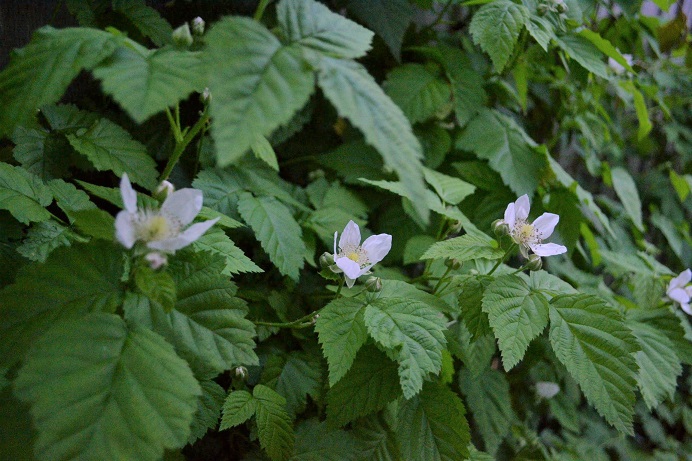
6. Have you wondered what the white powder on the outside of your berry is? The white powdery coating on freshly picked berries is called ‘bloom’. Bloom is the berry’s natural coating to protect its freshness and retain moisture. Often the bloom will have rubbed off by the time you buy shop-bought berries so you may not have noticed it. However if you grow your own at home, you will definitely see it and it is most obvious on blueberries. A ‘bloom’ on berries is not only totally natural but the berry’s natural preservative. This is why berries should not be washed after picking. Storing them with the bloom in-tact in the fridge will help keep berries fresher for much longer.
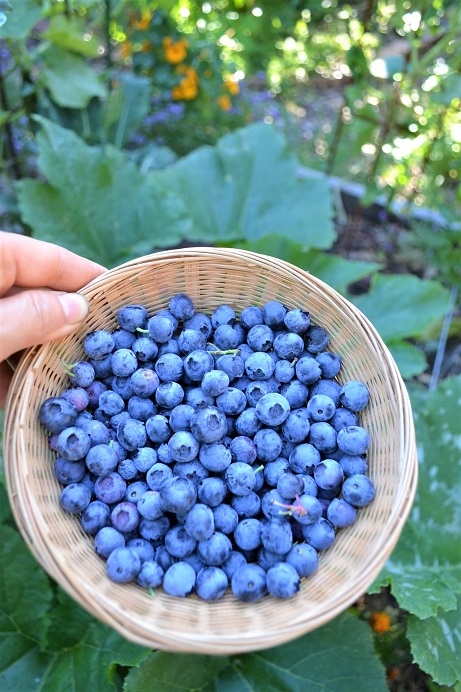
7. Berries can be a little hairy… Another interesting fact about berries is that if you look closely at blackberries, boysenberries, youngberries and other brambleberries, they have tiny hairs on them. The hairs are called ‘styles’ and are said to help protect the berries against damage. Given berries are incredibly soft and luscious they sure need all the protection they can get, even if it’s from a few hairs!
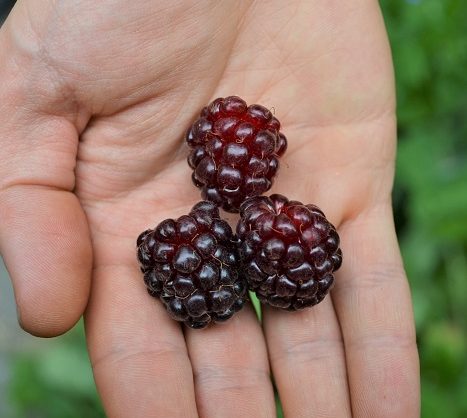
8. Berries are so good for you! They are extremely rich in antioxidants – I mean just look at that colour. It’s not surprising they are often described as a superfood. They are also packed with many different vitamins and minerals including vitamin C, fiber, magnesium, folate, potassium and manganese. Research has show that eating lots of berries can help you lose weight, lower bad cholesterol LDL and reduce blood pressure.
9. While most berries are edible, some are poisonous such as deadly nightshade, and some berries are poisonous when unripe (e.g. elderberry) but completely safe, edible and delicious when ripe! Do your research before trying a new and unknown berry.
10. Given how easily berries stain, berries are used in various cultures as a natural fabric dye. For example, blackberries are used to dye clothing by Native Americans.